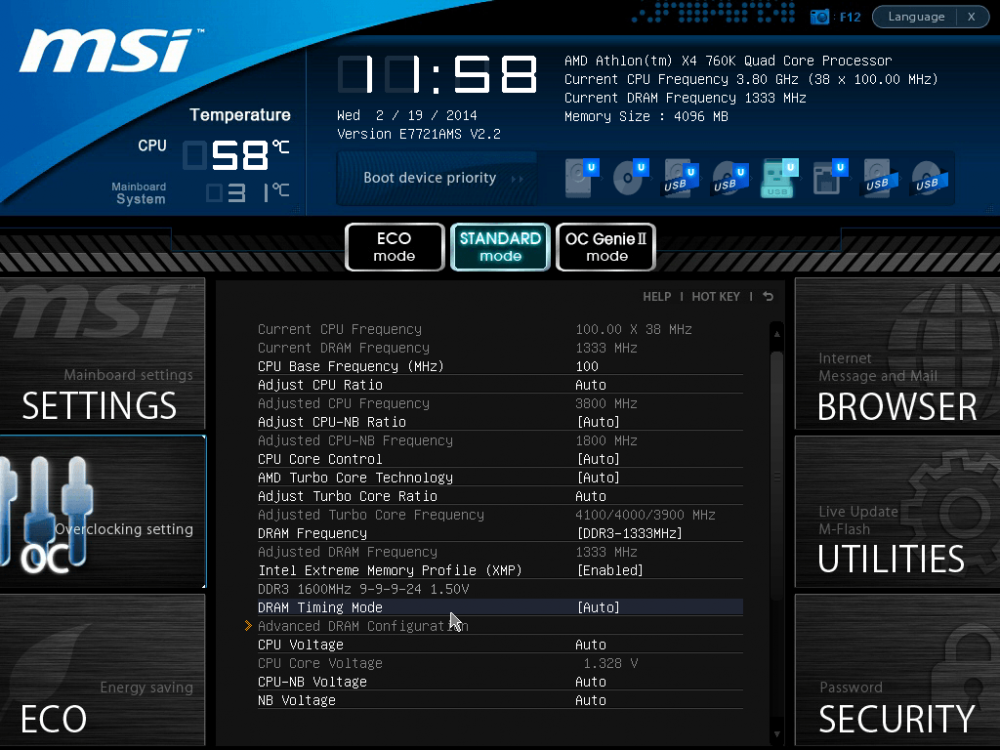


but then again, if you’re someone who does this a lot, you might not want to buy one an M1 Mac right now. If you’re someone who does this a lot, you probably want more memory…. What would cause your Mac to run out of physical memory? If you leave an awful lot of apps open at once, or if your browser has hundreds of tabs open, or if you’re using an app that loads a very large file (like, say, a Photoshop file) into memory. You’ll see Apple silicon with more RAM and processing power in the near future. These new Macs are far more like smartphones than like traditional PCs.Īn Apple silicon Mac Pro with only 16GB of memory? It won’t happen. Compare that with the smartphone, where Apple has continued to integrate more portions of the system into its single processor package in order to increase efficiency. Even though the Mac never participated in the build-a-PC ethos, the parts Apple used to assemble Macs came from that industry. The tradition in personal computers was that everything was modular, an outgrowth of the early PC era. These new Macs are, in their way, kind of alien. On other systems, the data has to be copied from one portion of memory to another-but on the M1, it’s just instantly accessible. Even better, because all the aspects of the processor can access all of the system memory, there’s no performance hit when the graphics cores need to access something that was previously being accessed by a processor core. If it needs more memory for the Neural Engine, likewise.


If the system needs more memory for graphics, it can allocate that. The M1 processor’s memory is a single pool that’s accessible by any portion of the processor. But it’s more likely that we won’t see Macs running Apple silicon with more than 16GB until Apple provides a higher-end variant of the M1. That may not actually be a hard limit-perhaps Apple is holding back in order to limit these low-end systems. Looking at the first round of M1 Macs, it seems that the M1 is only capable of using 8GB or 16GB of memory. The first round of Apple silicon Macs, which include the Mac mini, can have a maximum of 16GB of memory. There have been many other Macs with soldered-on memory that couldn’t be upgraded, but this is a little different, since the memory is basically part of the M1 package itself. What this means is that when you buy an M1-based Mac and choose a memory configuration, that’s it. Instead, the memory is integrated into the same package that contains the M1 itself. There’s no memory slot or slots on the motherboard of an M1 Mac, nor is there an area where a memory chip has been permanently soldered on. The biggest difference is that in the M1, the memory is a part of the M1 architecture itself.


 0 kommentar(er)
0 kommentar(er)
